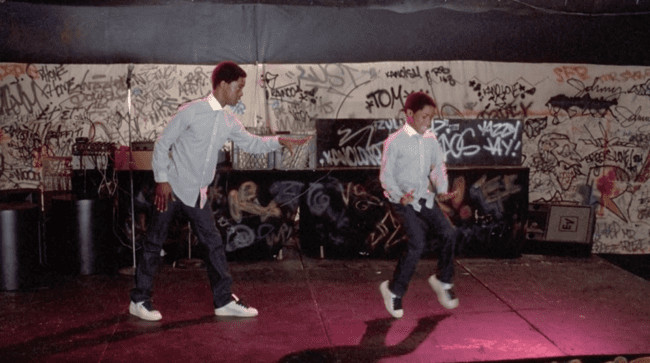Disco Dancer is more than just a Bollywood film; it’s a cultural phenomenon that transcended borders, especially captivating audiences in the Soviet Union. Released in 1982, this rags-to-riches story stars Mithun Chakraborty as Jimmy, a street performer who rises to become India’s disco king. The film’s energetic dance sequences and emotional narrative resonated deeply, particularly in the USSR, where it premiered in 1984. Its impact was monumental, drawing record-breaking crowds and solidifying Mithun Chakraborty’s iconic status in the Soviet Union. Even today, he enjoys a devoted Russian fanbase known affectionately as “Mithunists.”
While Bollywood’s vibrant and escapist cinema might seem at odds with Soviet ideology, the Soviet Union strategically imported Indian films like Disco Dancer. These films served as a non-Western alternative to Hollywood, offering a different form of cinematic entertainment to Soviet audiences. Disco Dancer became a prime example of this fascinating transnational cultural exchange during the Cold War era. Its universal themes of overcoming adversity and achieving dreams through music and dance struck a chord, making it a beloved film across cultural and political divides. This cinematic bridge highlights a unique aspect of Cold War cultural dynamics.
To further explore the musical landscape of that era, check out the Song-A-Day: Soviet Disco playlist for a deeper dive into the sounds of Soviet disco.
For those interested in watching Disco Dancer, it is available on Amazon Prime Video.
 Mithun Chakraborty in Disco Dancer film, showcasing Bollywood's global appeal
Mithun Chakraborty in Disco Dancer film, showcasing Bollywood's global appeal
Interestingly, the phenomenon of cultural exchange wasn’t limited to disco. Another film, Beat Street, originating from the United States in 1984, also found unexpected resonance across the Iron Curtain. Beat Street, directed by Stan Lathan, introduced global audiences, including those in East Germany, to the burgeoning hip hop culture. Leonard Schmieding, an expert featured in the Cold War Spaces program, notes that East German authorities permitted Beat Street‘s release in 1985 with a dual motive. They perceived it as a “problem film” that could be used to critique American capitalism and racism to East German youth. Simultaneously, they anticipated its blockbuster potential. Indeed, Beat Street was a massive hit in East Germany, selling millions of tickets and enjoying a long theatrical run. However, for East German youth, the film’s allure was less about political messaging and more about its captivating style and portrayal of hip hop’s four elements: DJing, MCing, breakdancing, and graffiti. Beat Street provided a vivid and immersive introduction to hip hop culture, which had previously only been glimpsed through fragmented West German media broadcasts.
You can watch Beat Street for free on Tubi. For a more in-depth exploration of Beat Street and hip hop culture in East Germany, Leonard Schmieding’s 2015 lecture and the Cold War Spaces talk offer valuable insights.
These “Virtual Film Picks,” inspired by the Wende Museum’s Friday Night Films series, are part of an ongoing curated selection of films for at-home viewing, complementing the #WendeOnline initiative.


